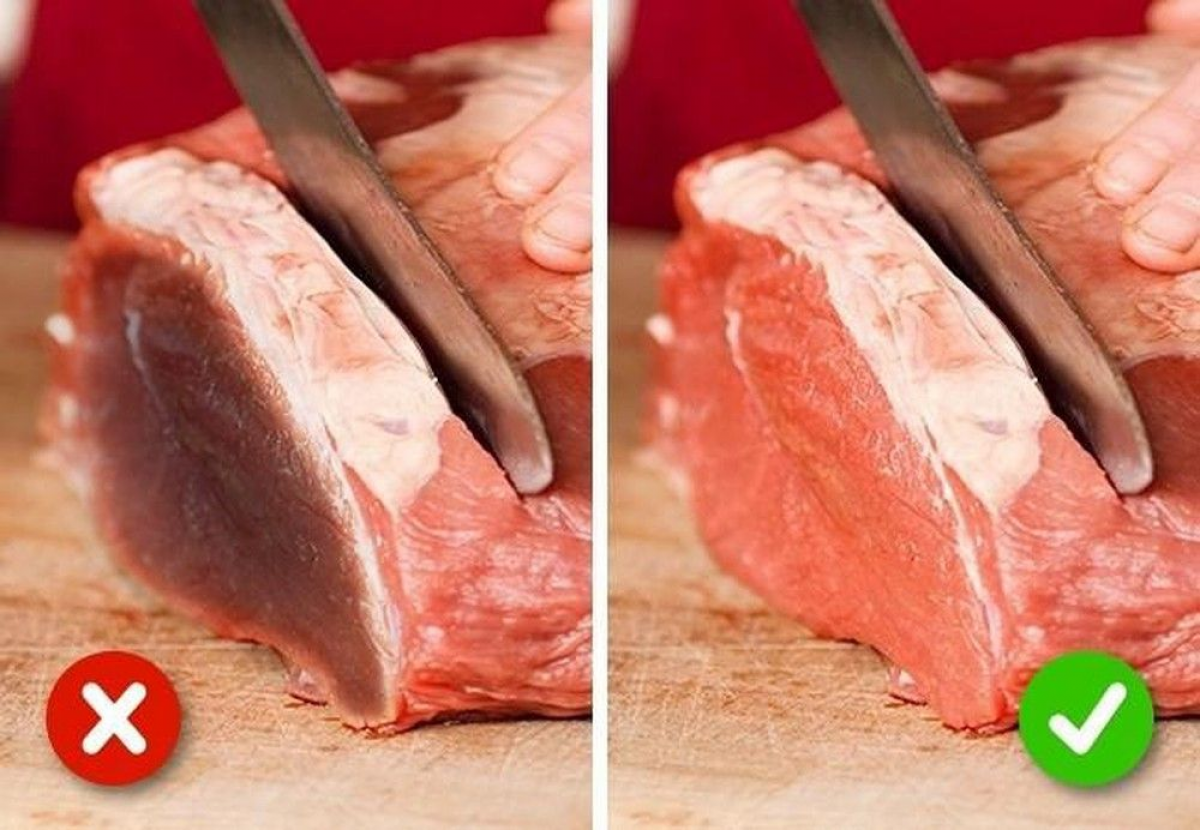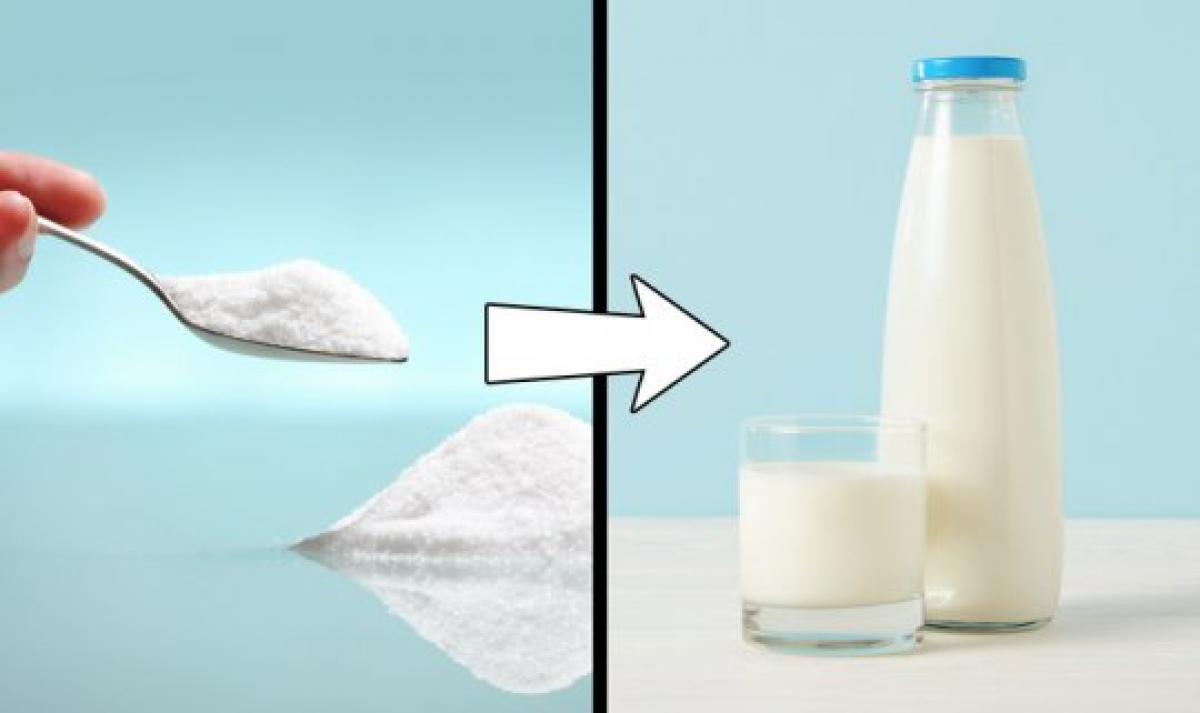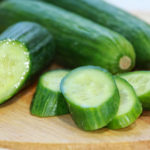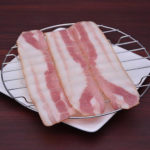1. Meat
When selecting meat, it is important to evaluate its freshness and quality. Fresh meat should have an elastic texture that allows your fingerprint to disappear when pressed. Avoid choosing meat that is bruised or lumpy. Look for meat that has a fresh red color, a texture that is neither too soft nor too hard, and doesn’t have a strange smell.
When cutting a large piece of meat in half, be aware that if the meat is dark in color with white edges, it may have been treated with additives to extend its shelf life. After drying the meat with a paper towel, there should not be excessive moisture or blood stains remaining.

2. Chicken
When choosing chicken, pay attention to the presence of white streaks and a thick layer of fat on the chicken breast. This indicates that the chicken may have been injected with growth hormones for rapid growth.
Additionally, examine the color of the chicken meat. If it appears yellow, it is no longer fresh. Look for chicken breast with a light pink color and a firm texture, as these are indicators of good quality chicken.

3. Fish
When selecting fresh fish, ensure that the eyes and skin have the same color. The inner part of the eye should be clear and bright. The scales should be evenly colored and have a red hue. If you are purchasing fish in pieces, carefully inspect the scales. Quality fish will have naturally shiny skin and tightly attached scales. Beware of sellers who may hide signs of low quality by removing scales, head, and fins. If this is the case, examine the flesh of the fish, which should be red or pink, not brown.
4. Eggs
Eggs can spoil quickly, so it is important to check their freshness. One method is to place the eggs in a glass of cold water. Fresh eggs will sink horizontally, slightly tilted eggs are still usable but not very fresh, and floating eggs should be discarded.
When purchasing eggs in packaging, carefully check the production date, expiration date, and the condition of the packaging for any damage. Loose eggs can be examined for freshness by observing their outer shells, which should be shiny, smooth, and without any cracks.
5. Tomatoes
When buying tomatoes, avoid fruits with spots, bruising, or crushing. Gently squeeze the fruit and check if it feels firm. Tomatoes that have almost no smell should be avoided. Ripe tomatoes typically have a bright red color, plump skin, a slightly soft texture, and a distinct smell.
6. Herbs
To determine the freshness of herbs, simply stand the bundle upright. If the stems and leaves droop to the sides, the herbs are wilted and should be avoided. Be cautious of herbs with excessively dark green color and long stems, as these may contain nitrates that are harmful to health. Fresh herbs will have a natural green color.
7. Pineapple
The taste of a pineapple can be determined by the color of its core or crown. Look for fruits with a fresh yellow color from the crown to the tip. Some slightly green eyes are acceptable, as they indicate sweetness. The more evenly yellow the pineapple is, the sweeter it will be.
Additionally, the quality of a pineapple can be assessed by examining its eyes. Fruits with larger and sparser eyes have thicker flesh, indicating maturity and natural ripening without chemical treatments.
8. Strawberries
Choose ripe strawberries that are red and shiny, as they indicate optimal ripeness. Avoid strawberries with white or green spots, as they will not continue to ripen after being picked. Gently press the fruit to check for firmness and avoid any signs of rot, bruising, or softness near the stem. Ripe strawberries have a light fragrance and a bright red color.
To check for chemical additives, crush the strawberries and mix them with sugar. Ripe and pure strawberries will release a lot of juice. Fresh strawberries have a fruity smell and a bright red color, rather than a dark color.
9. Milk
There are various methods to test the quality of milk. A simple one is to add salt to the milk and observe its reaction. If the milk turns green, it may indicate poor quality and adulteration with chemicals. Another method involves mixing milk with turmeric powder, and if curds appear after 5-7 seconds, it is considered good quality milk. Fake milk will exhibit a longer process of curdling.

10. Honey
There are multiple ways to differentiate fake honey at home. Pour a little honey onto a surface; high-quality honey will be thick and flow into a thin stream, while fake or low-quality honey will spread quickly. Another test involves putting a spoonful of honey in a glass of water and observing how it dissolves. Fake honey made from sugar will quickly dissolve, whereas high-quality honey will take longer to dissolve.
Source: VOV







































